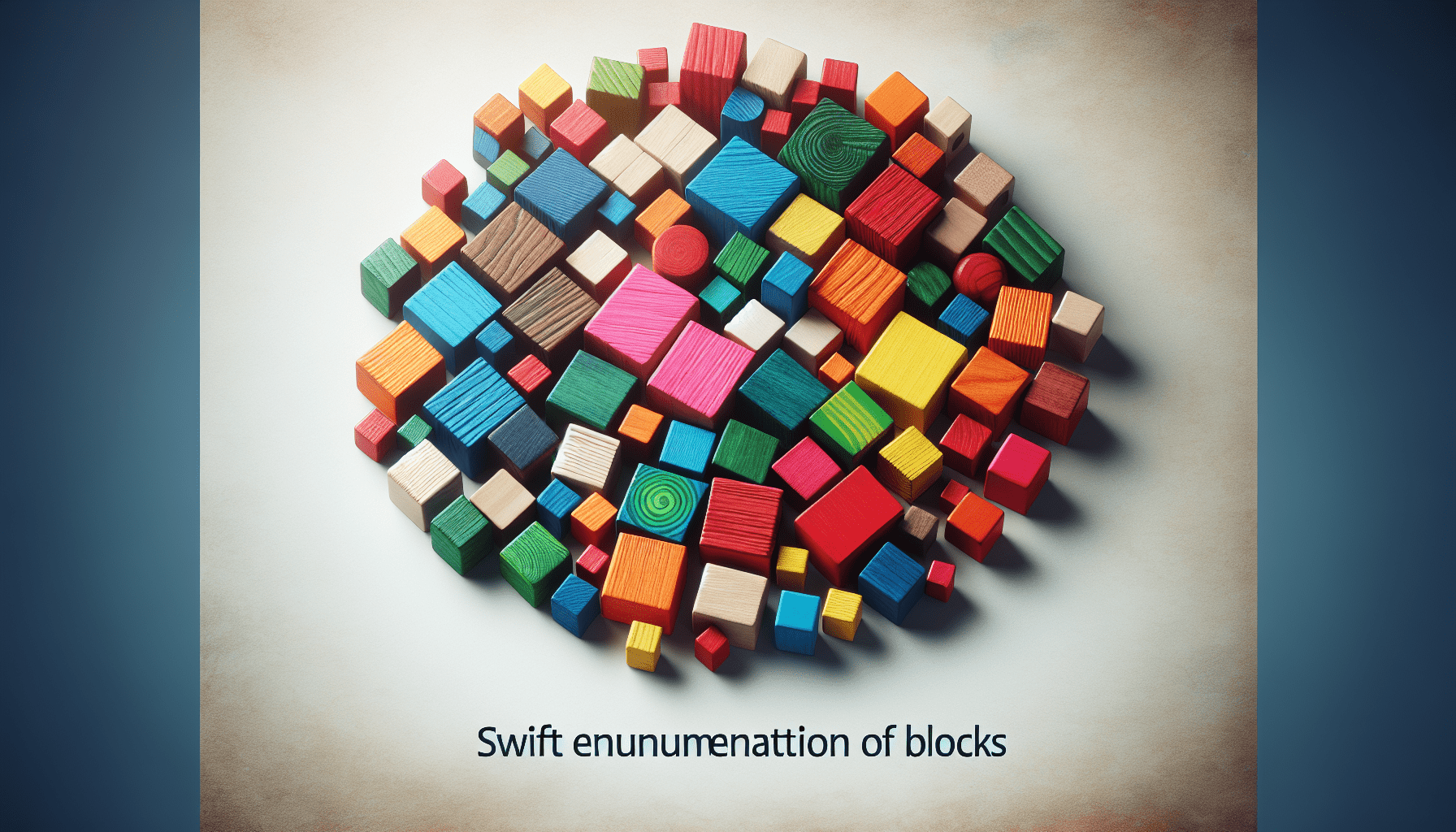Creality K2 Plus Combo 3D Printer, Multi Color Printing with New CFS, Max 600mm/s Printing Speed, Full-auto Leveling, Next-Gen Direct Drive Extruder, Dual Al Camera, Build Volume 350 * 350 * 350mm
$1,499.00 (as of May 29, 2025 10:56 GMT +00:00 - More infoProduct prices and availability are accurate as of the date/time indicated and are subject to change. Any price and availability information displayed on [relevant Amazon Site(s), as applicable] at the time of purchase will apply to the purchase of this product.)Have you ever found yourself bogged down by the endless task of manually counting blocks in your AutoCAD designs? If so, you’re not alone, and fortunately, there’s a better way. This month, we’re focusing on an AutoCAD tool that’s all about efficiency and precision: the Count and Quick Select features. By the time you’re done mastering these tools, you’ll be wondering how you ever got by without them.

Anycubic 3D Materials Sale: Resin & PLA from $9.49/kg
What’s Inside This Article?
In this article, I’m going to introduce you to powerful yet straightforward methods for counting blocks quickly and accurately. We’ll explore the efficiency brought by the Count (COUNT), Count List (COUNTLIST), Count Table (COUNTTABLE), and Count Field (COUNTFIELD) commands. Plus, we’ll delve into the filtering prowess of Quick Select (QSELECT) to make your block management a breeze.
Why Count Blocks Quickly Matters
You might ask yourself, “Why should I care about counting blocks quickly?” Isn’t manual counting sufficient for smaller projects? In today’s fast-paced design environment, efficiency is everything. Accurate block counts can reduce errors, streamline project timelines, and even improve your overall productivity. Trust me, you won’t want to stick with inefficient methods once you experience the power and precision that these AutoCAD features offer.
Introduction to Count Command (COUNT)
The COUNT command is essentially your new best friend. It allows you to tally up instances of specific blocks within your drawing. Imagine no more painstakingly clicking through each instance manually. Here’s a quick guide on how to use it:
- Activate the Command: Simply type
COUNTinto the command line and hit Enter. - Select Your Blocks: Choose the blocks you wish to count.
- View the Results: The total count will appear instantly, saving you valuable time.
You’ve just harnessed a powerful tool without breaking a sweat.
Understanding the Count List Command (COUNTLIST)
After using the COUNT command, you might want more detail. Enter the COUNTLIST command. This lets you view a summary of your count results, displayed neatly in the command window.
- Run the Command: Type
COUNTLISTand press Enter. - Review the Summary: An organized list detailing each block’s count and properties will be displayed.
Consider this your overview screen, offering swift insight into your block usage.
Create a Count Table with COUNTTABLE Command
Taking your efficiency up another notch, let’s talk about the COUNTTABLE command. This feature allows you to create a dynamic table summarizing your block counts right within your drawing.
- Start the Command: Type
COUNTTABLEand hit Enter. - Select the Insertion Point: Click a point in your drawing where you want the table to be placed.
- Customize the Table: Adjust the table settings as needed to represent your data effectively.
With your count table in place, your design becomes not only more organized but also easier to evaluate at a glance.
Adding Count Fields with COUNTFIELD
Fields in AutoCAD can dynamically reference various pieces of data, including block counts. Use the COUNTFIELD command to insert a count field that updates automatically as block counts change.
- Activate COUNTFIELD: Type
COUNTFIELDand press Enter. - Select the Block: Click on the block for which you want to add a count field.
- Position the Field: Choose where in your drawing you want the field to appear.
Now, whenever the block quantity updates, so does your field, ensuring you always have the most current data.
Quick Select (QSELECT): The Secret Weapon
AutoCAD’s Quick Select feature is a versatile tool that can filter and count blocks by names, layers, and other properties. This functionality is perfect for those moments when you need to sift through a complex drawing quickly.
- Open Quick Select: Access this from the Properties palette or type
QSELECT. - Set Your Criteria: Select the object type (blocks), property, and criteria for filtering.
- Preview and Apply: Preview your selection and hit OK to see the filtered objects.
With Quick Select, you have a powerful filter engine at your fingertips, capable of making sense of even the most intricate drawings.
Practical Example: Counting Door Blocks
Let’s run through a practical example. Suppose you’re working on an architectural design and need to count door blocks. Here’s how you can streamline the process:
- Use the COUNT Command: Type
COUNTand select the door blocks. - Review via COUNTLIST: Use
COUNTLISTto get a detailed view of all door blocks, including their layer and other attributes. - Create a Count Table: Utilize
COUNTTABLEto insert a table summarizing all door blocks’ locations and quantities. - Insert a Count Field: Apply
COUNTFIELDto dynamically track the number of door blocks in real-time. - Filter with QSELECT: Implement
QSELECTto find and isolate any door blocks on a specific layer or with particular properties.
Advantages of Automating Block Counts
Yes, automation means less manual work, but what does it truly mean for you?
- Increased Accuracy: Manual counts are prone to human error. With automated commands, you get precise results every time.
- Time Efficiency: Free up hours that can be allotted to other crucial tasks in your project.
- Better Data Management: Easily generate and manage count tables and fields to keep track of your blocks.
- Insightful Analysis: Use summarized data for quick decision-making.
Addressing Common Queries
Let’s take a moment to address some common questions you might have.
Q: What if I only want to count blocks on a specific layer?
A: That’s where Quick Select (QSELECT) shines. Use it to filter blocks by layers before applying the COUNT command.
Q: Can I count multiple types of blocks simultaneously?
A: Yes, the COUNTLIST command can help you view counts for multiple block types simultaneously, providing a holistic overview.
Q: What if my drawing has nested blocks?
A: COUNT, COUNTLIST, and COUNTTABLE handle nested blocks efficiently. The commands recognize nested blocks and provide accurate counts for them too.

Anycubic 3D Materials Sale: Resin & PLA from $9.49/kg
Enhancing Your Workflow
Combining these tools doesn’t just improve block counts—it fundamentally enhances your workflow. Here are a few additional tips:
- Incorporate Count and Quick Select in your regular review processes.
- Create custom count tables for reporting needs.
- Utilize dynamic count fields to ensure real-time data accuracy.
- Use Quick Select to streamline block management by properties like layer and name.
Why Feedback Matters
You play a crucial role in improving these tools and features. Your feedback ensures that the AutoCAD team can constantly refine and innovate to better meet your needs. To share your thoughts, use the “Was this Helpful?” section in AutoCAD’s online help topics. Specific comments help drive the most impactful changes.
Summing It Up
Counting blocks quickly and accurately can transform your drawing efficiency. Tools like the Count commands (COUNT, COUNTLIST, COUNTTABLE, COUNTFIELD) and Quick Select (QSELECT) offer a new level of precision and ease. No more manually ticking off blocks—these features automate the process, minimize errors, and free up your time for more critical design tasks.
Before you go back to your manual counting methods, give these powerful AutoCAD features a try. You’ll find that the effort you put into learning them is more than worth it, transforming how you interact with your drawings.
Lastly, remember to provide your feedback. AutoCAD continues to evolve with your input, shaping the future of efficient design tools.
So, have you tried counting blocks quickly? If not, now’s the time. Dive into these features, and you’ll never look back.
Anycubic 3D Materials Sale: Resin & PLA from $9.49/kg








